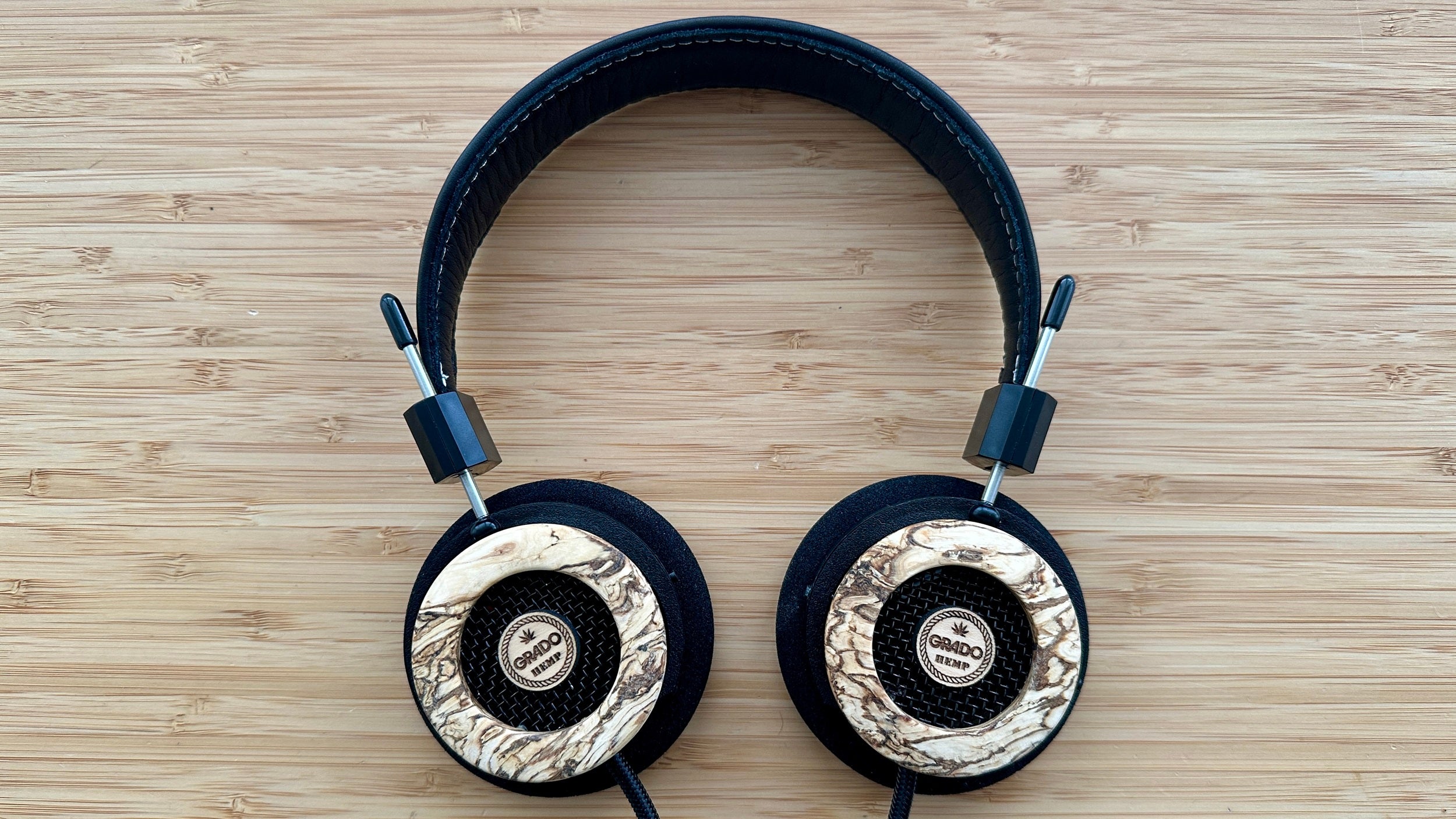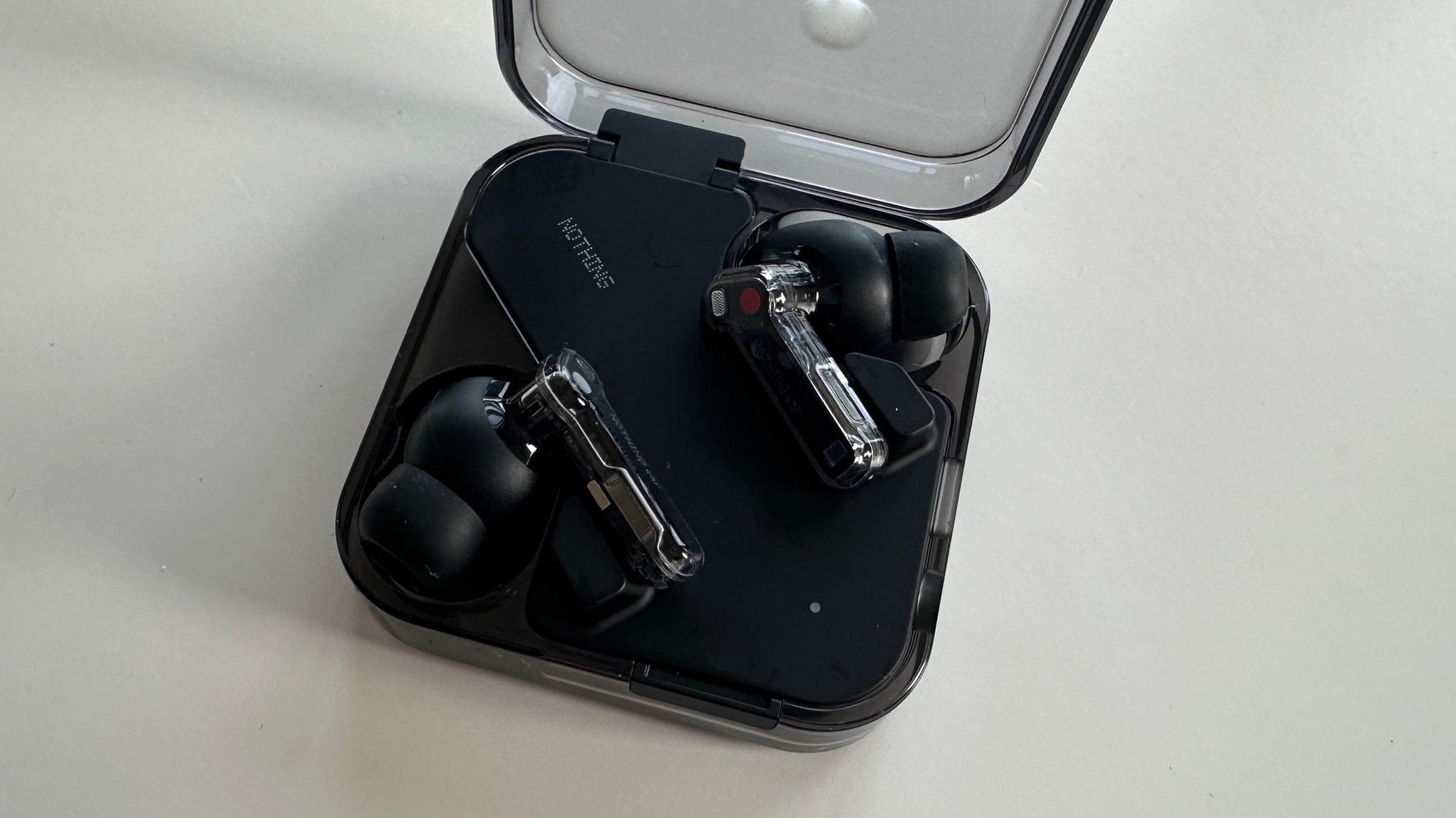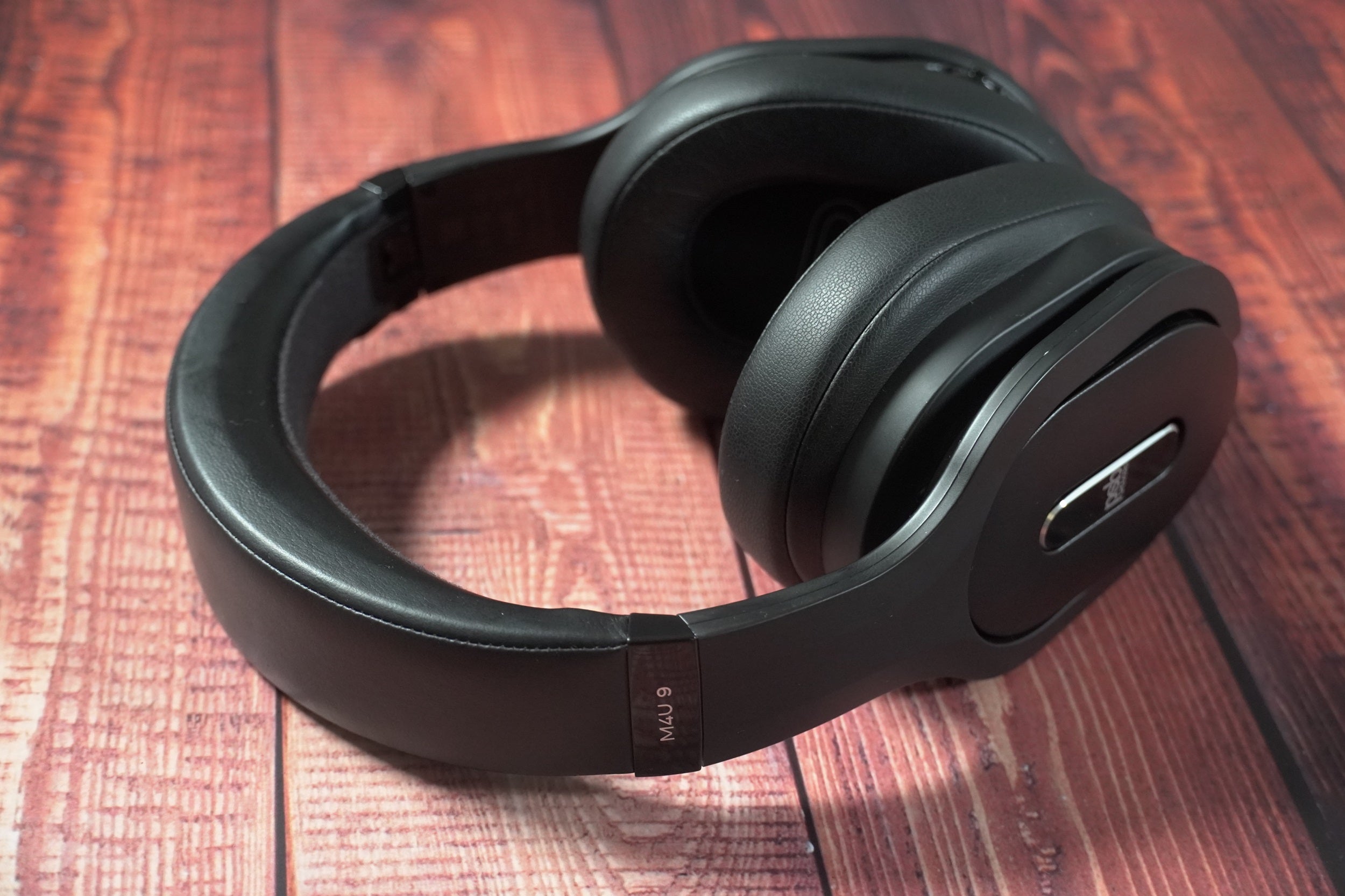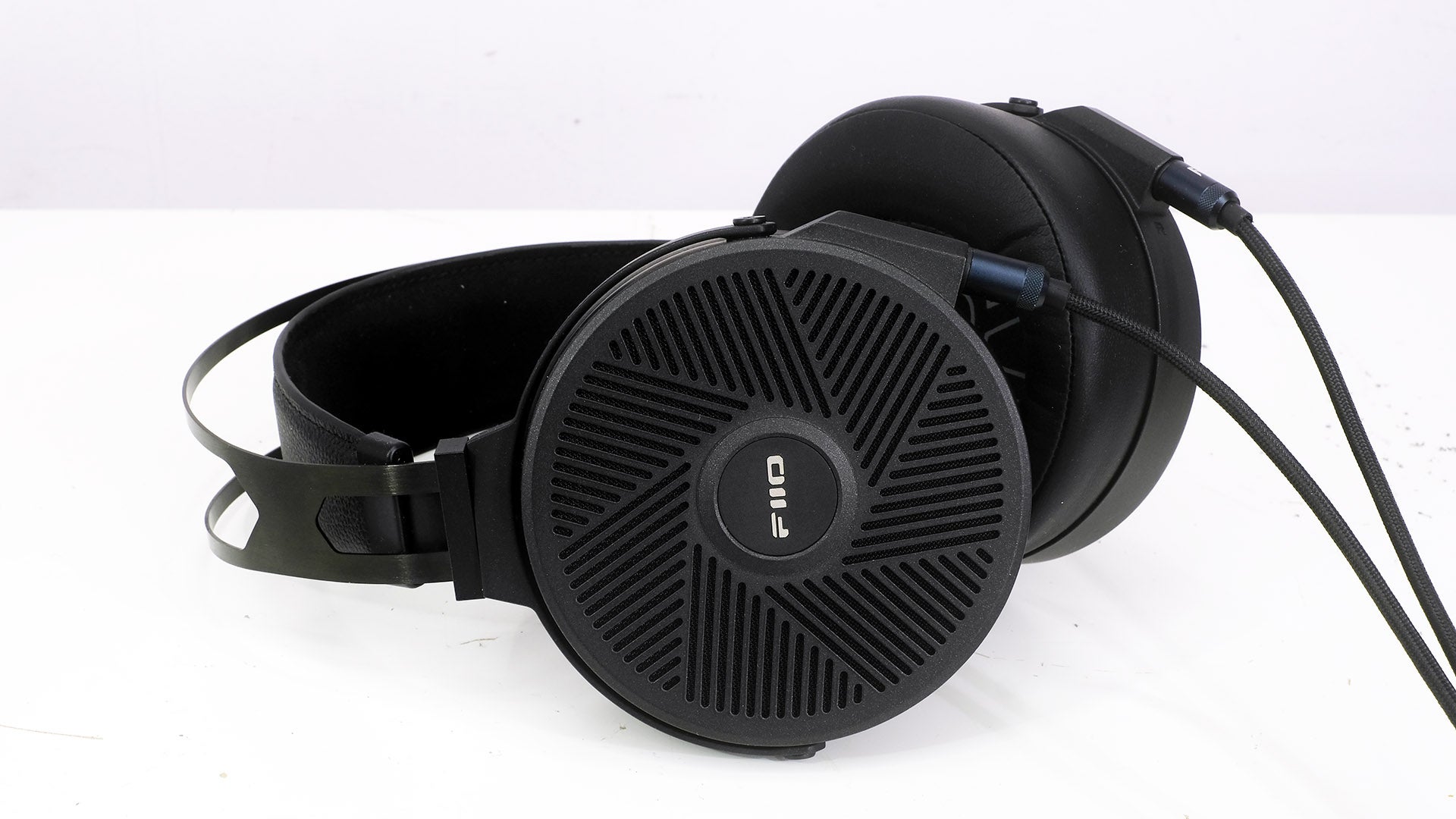Philips TAA7607 Review
Bone conduction headphones that don't stand out enough from the crowd
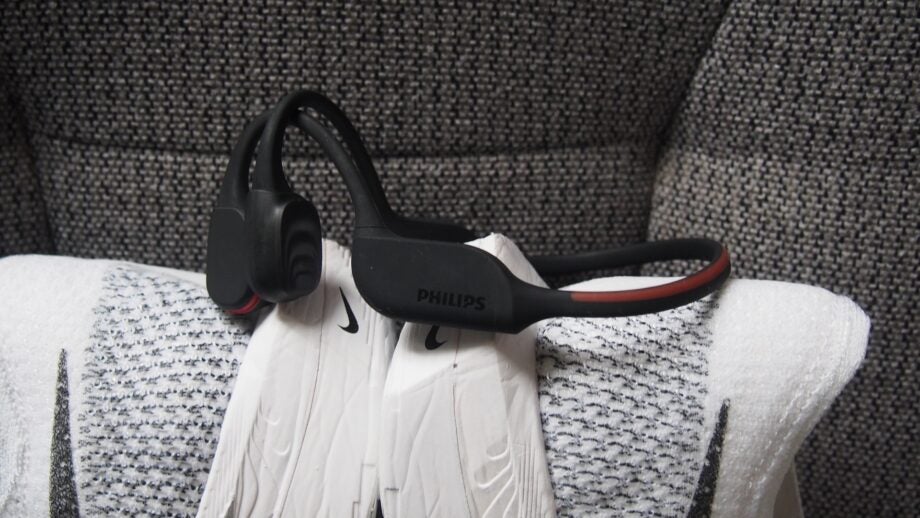
Verdict
The Philips TAA7607 are bone conduction headphones with a design that’s fit for exercise, but sadly doesn’t do enough outside of that rugged exterior to stand out of the sporty bone conduction crowd.
Pros
- Comfortable and durable design
- Easy to access physical buttons
- Includes built-in running light
Cons
- Sound quality isn’t standout
- Battery life short of quoted numbers
- Uses proprietary charging cable
Key Features
- Safety lightToggle LED lights to stay safe running at night
- IP ratingIP66 rating to protect against water and dust
Introduction
The Philips TAA7607 are a pair of bone conduction headphones aimed at runners and gym goers, delivering audio and handling your calls in an open-ear design that keeps you aware of the world around you as you sweat.
Following Philips’ impressive A6606, the TAA7607 promises a similarly workout-proof look, strong battery life and great audio for music and calls.
There’s no shortage of sporty bone conduction headphones right now, so has Philips built on its previous efforts to make the TAA7607 a standout pair when it’s time to hit the gym?
Availability
- UKRRP: £169.99
The Philips TAA7607 is available to buy now from Amazon UK for £157.95, putting it in and around the price range of the Shokz OpenRun Pro, which are one of the best bone conduction headphones to buy for runners and workouts.
Design
- IP66 water and dust resistant design
- Onboard physical controls
- LED safety lights
Philips doesn’t break from the bone conduction headphone norm as far as design is concerned. It’s a neckband-style look that weighs 38g and includes physical buttons to adjust volume and skip tracks, turn the headphones on and off and also has a multi function button to handle calls as well and launch your phone’s smart assistant.
That does mean there’s microphones here too, with an AI and bone mics included. The AI one is designed to remove background noise while the bone conduction one tackles the wind to make sure calls outside come out nice and clear.
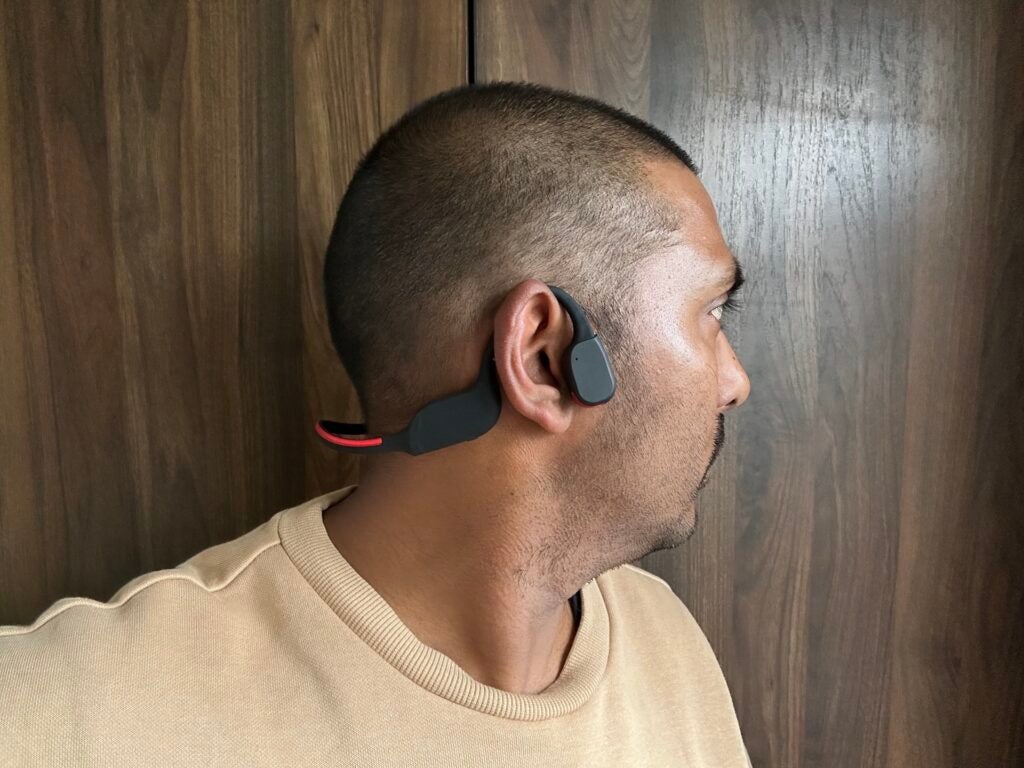
It’s certainly not the slimmest set of bone conduction headphones you can buy – the likes of the Shokz OpenRun and Haylou PurFree BC01 are more slimline, but it’s not a heavy set to wear and during workouts and runs they’ve stayed in place and don’t bounce around either.
To give it more early morning or night-time running appeal, Philips has included a thin LED light strip that fills the rear of the neckband and can light up red with constant and strobe modes available and controlled via the on/off button or the Philips Headphones companion phone app. It’s not a super bright LED light, but does give you another source of light to keep you visible.
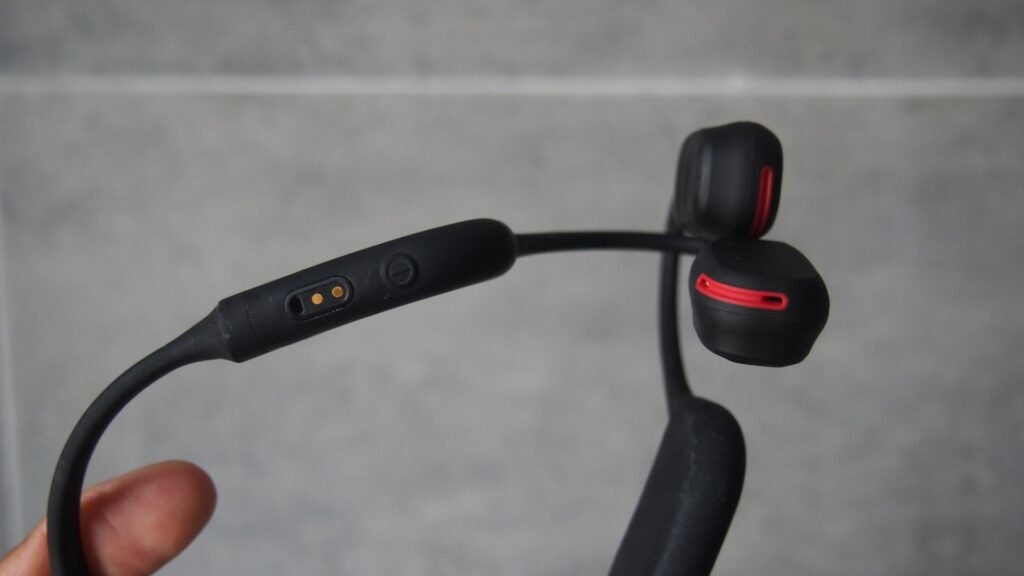
The physical controls are well positioned on the right side of the headphones and do make it nice and easy to reach for even when you’re on the move. Whether that’s pressing to skip a track or turning the volume up or down, the controls are implemented nicely here.
It’s always good to see a good level of durability for something that’s designed for exercise and Phillips has an IP66 water and dust resistant rated design here, which means they’re good to withstand some rain but aren’t suitable for submerging in water.
When it comes to charging, you’ll need to use a magnetic proprietary charging cable, which is in the box alongside a cloth carry bag and some earplugs.
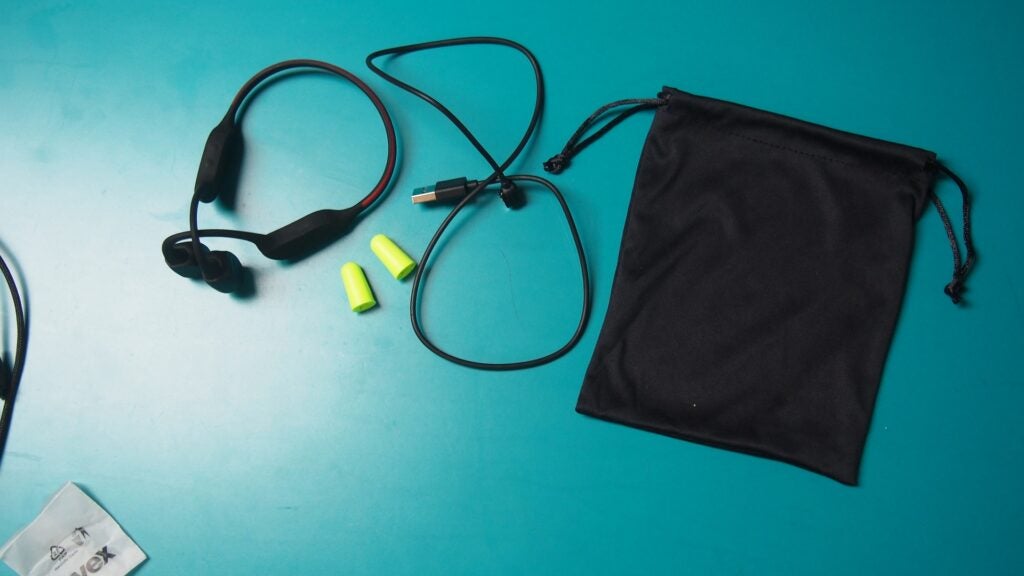
Features
- Good mics for calls
- Shorter than promised battery life
From a connection point of view, it’s been very good on the whole. I’ve paired the TAA7607 to an iPhone, a Pixel phone, a MacBook and an Apple Watch Ultra without issue. There is scope to pair to two devices simultaneously as well for those who like the idea of multipoint Bluetooth support as well.
Phillips does include access to its Headphone companion phone app, which has felt far more stable than my previous encounters with it. From here you can enable an earplug sound mode to offer some sound improvement and enable the bone microphone to improve call quality in windier conditions. It’s also a useful spot to see the headphone battery life but using the app isn’t integral to the overall experience.
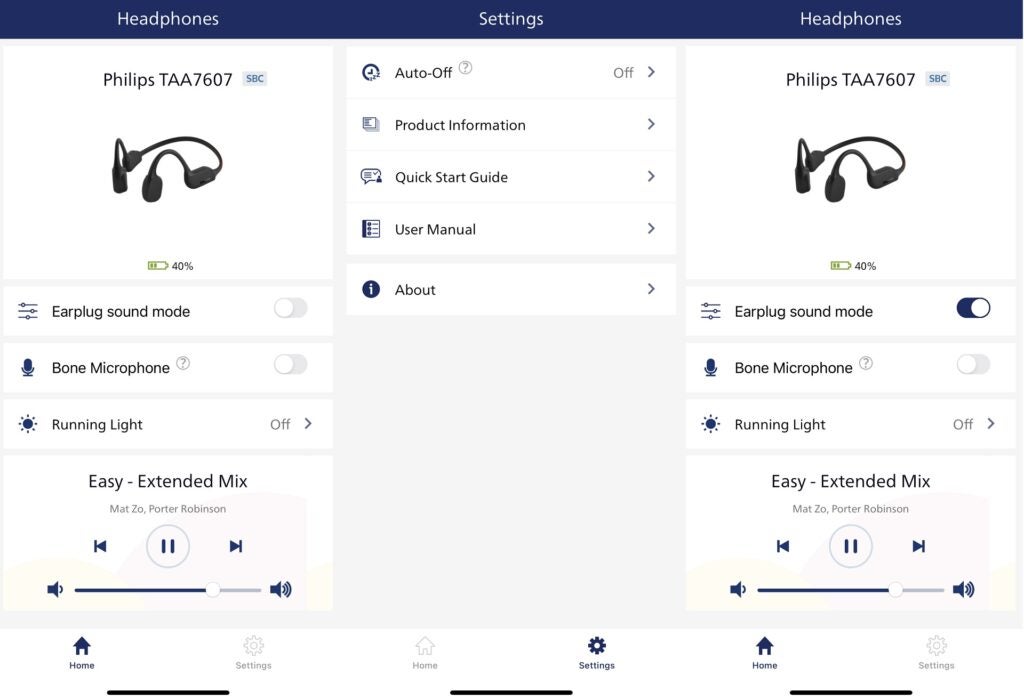
On paper, the battery sounds pretty good here. Philips states up to 9 hours from the onboard 160maH capacity battery. It’ll take two hours to get from 0-100% and does have a fast charge feature to give an hour’s play from a 15-minute charge when plugging it into its proprietary charger. That’s identical battery performance promised on the A6606 and more than what you’ll get on a pair of Shokz headphones on paper at least.
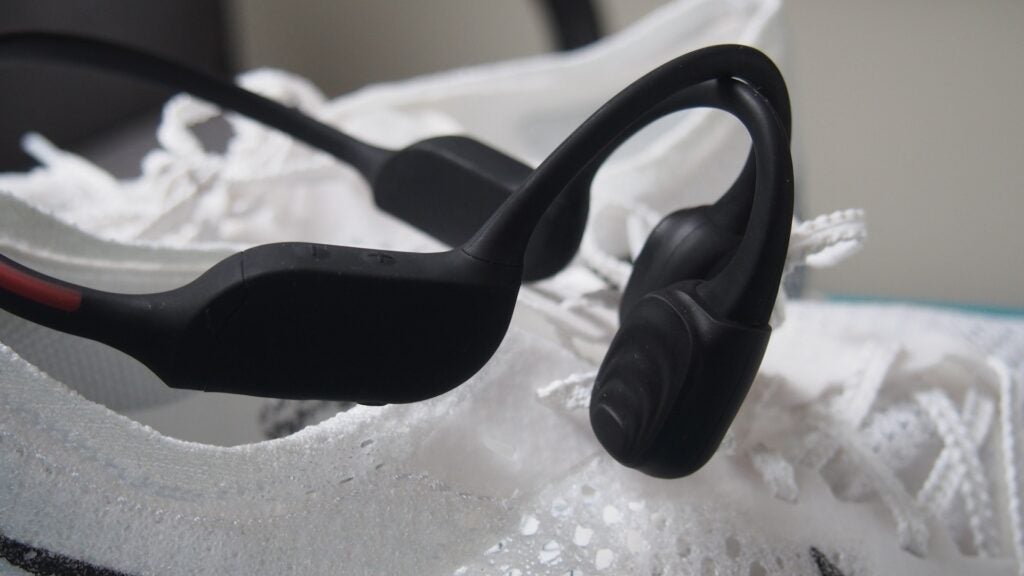
That’s likely not factoring in using those integrated running lights or based on listening at near to maximum volume based on my testing. An hour of running or an hour of gym use saw the battery drop by 20%. That’s more like 5 hours as opposed to 9 hours. You might get 9 hours, but I think you’d have to be listening at pretty low volumes to get anything close to that.
It’s great you do have a fast charge feature at least, and you’ll likely have to use it if you’re planning to use them regularly during a week, for instance.
Sound Quality
- Uses bone conduction technology
- No Bass mode
With Philips’ previous sporty bone conduction headphones they managed to offer something I hadn’t seen on similar headphones previously. It added a bass mode to deliver an uncharacteristic punch of power and warmth. That mode doesn’t make the cut here, so what you’re left with here is an overall sound that just feels okay.
It’s a sound profile that doesn’t feel all that dissimilar to a host of other bone conduction headphones I’ve tested and I’m not convinced it’s better than Philips’ previous efforts or what you’ll get from a pair of Shokz, Naenka or Haylou headphones.
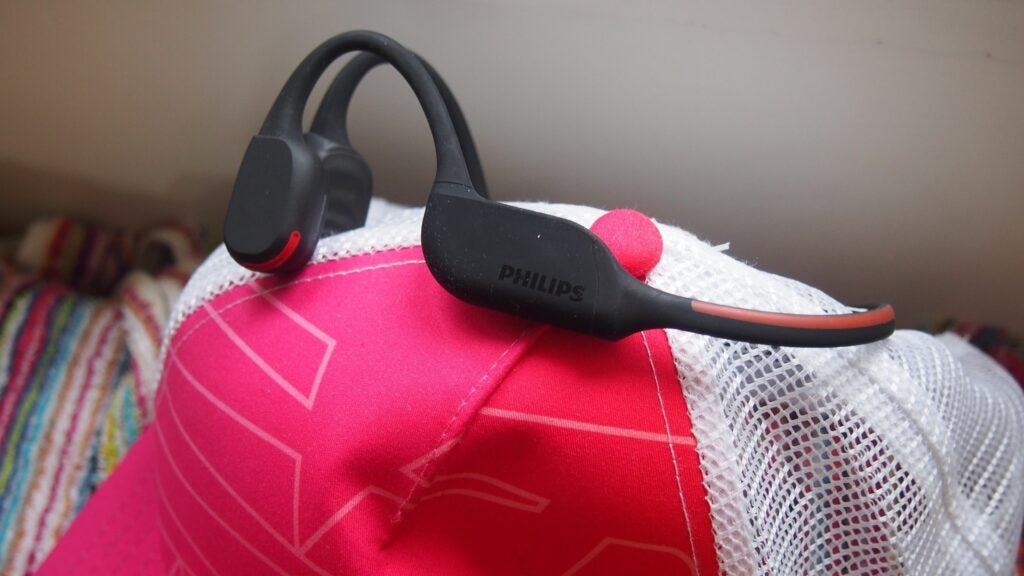
Using a mix of my own general workout playlists and the useful Songs to test your headphones playlist on Spotify, I first used them in my flat with very little surrounding sound for that open ear design to battle against it. What I got was audio that was unsurprisingly bass-lacking but also a bit boxy, harsh and grainy in the treble department and doesn’t feel like the most balanced sounding bone conduction headphones I’ve used.
I moved to the gym next to see how it would handle coming up against the gym’s own sound system and fellow gym goers and in fairness it did an okay job and wasn’t entirely drowned out by those exterior sounds. Yet, that pretty reserved, middle of the road bone conduction sound remained.
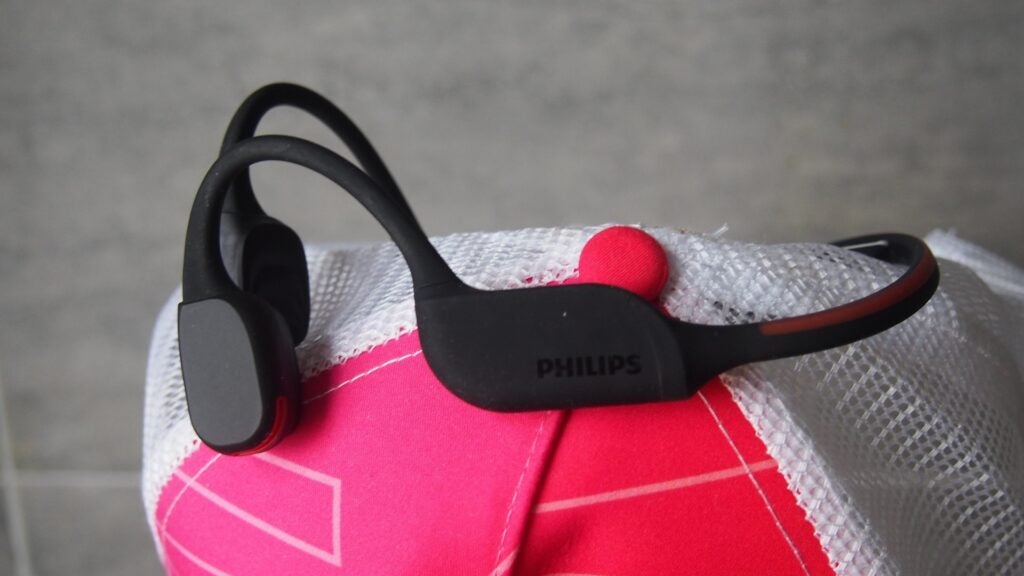
On runs, I had to deal with traffic and wind. Again, it wasn’t entirely swamped by the surrounding sound and it offers a good balance between hearing your own audio and sound around you, but you do have to crank the volume up pretty high and that max volume isn’t super loud. There’s some pretty evident sound leakage to deal with as well.
I’d say these headphones do their best work when you’re listening to audiobooks, podcasts and using them to take calls. While those onboard microphones don’t entirely block out the wind and outside sounds, the call clarity in general is very good both indoors and outdoors if you want to take calls with them on the move.
Latest deals
Should you buy it?
You want headphones with a rugged, sweatproof design: The TAA7607 has the dustproof and water resistant design along with reliable fit that makes it well suited for those workouts when things get really sweaty.
You want the best sound: Unfortunately, the TAA7607 doesn’t offer the best in class bone conduction sound I’ve experienced from other headphones that rely on that open-ear approach.
Final Thoughts
The Philips TAA7607 feels like a bit of a backwards step on the A6606, which I felt had something that helped it stand out from a growing pack of sporty bone conduction headphones and that was the bigger, bassier sound.
You don’t get that here and the audio performance doesn’t stand out from other similarly priced or even cheaper bone conduction headphones like the Shokz OpenRun and Haylou PurFree BC01.
How we test
We test every set of headphones we review thoroughly over an extended period of time. We use industry standard tests to compare features properly. We’ll always tell you what we find. We never, ever, accept money to review a product.
Find out more about how we test in our ethics policy.
Tested for more than a week
Tested with real world use
FAQs
There’s no hi-res audio support for the TAA7607, as the headphones only support the SBC Bluetooth codec.
Full specs
Sustainability
Trusted Reviews’ holds the fact that global warming is not a myth as a core value and will continuously endeavour to help protect our planet from harm in its business practices.
As part of this mission, whenever we review a product we send the company a series of questions to help us gauge and make transparent the impact the device has on the environment.
We currently haven’t received answers to the questions on this product, but will update this page the moment we do. You can see a detailed breakdown of the questions we ask and why in our sustainability page.



